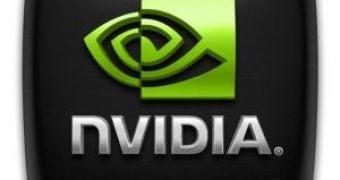With the advent of graphics processing units that can take upon themselves part of the CPU's computing tasks, developers are slowly researching how GPUs might be used in complicated computations instead of just graphics-rendering tasks. While supercomputers based on this principle are just beginning to appear, CSIRO (the Australian Commonwealth Scientific and Research Organization ) presented a new system that, according to its plans, would be mainly focused on exploiting the resources of NVIDIA Tesla graphics.
The conglomerate runs using more than 100 Intel Xeon processors, but the truly interesting part lies in the fact that the system will house 50 Tesla GPUs, connected to a Hitachi storage unit capable of 80TB. Through this combination, CSIRO aims to boost performance by ten to 100 times when processing scientific data.
The specific goal of the machinery will be high-performance computing with significantly fewer circuits than traditional supercomputers. CSIRO estimates that the Aussie supercomputer will be capable of 200TFLOPS, which is twice as much as a similar-sized, normal processor-based supercomputer would be able to achieve. This clearly indicates the system's high level of efficiency.
As more detailed specs, the 200TFLOPS will be attained through the over 100 Xeon processors combined into 28 Dual Xeon E5462 compute nodes, for a total of 1,024 2.8GHz compute cores. This power is merged with the 4.14 TFLOPS of single-precision floating-point and the 345 GigaFLOPS of double-precision floating-point performance of each Tesla on board, namely 64 Tesla S1070 modules (256 GPUs with a total of 61,440 streaming processor cores). These resources may be accessed through the CUDA parallel computing architecture or compiler technology introduced by the Portland Group.
This GPU-using conglomerate is not the first such machine. In fact, a supercomputer using ATI Radeon HD4870-2 GPUs ranked fifth on the Top500 list. NVIDIA hopes that Fermi-based devices will become more popular in this field, with some builders of such conglomerates already planning on adopting Tesla GPUs for their systems.

 14 DAY TRIAL //
14 DAY TRIAL //